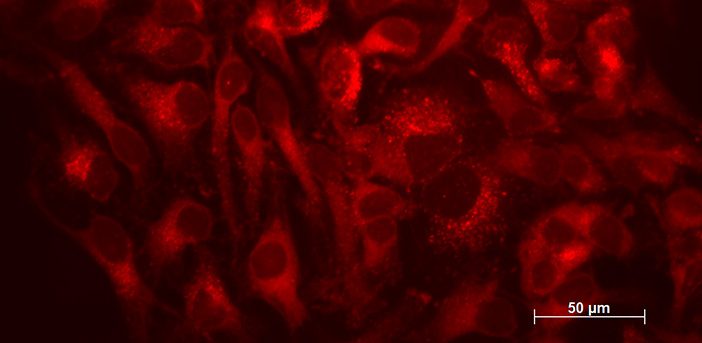A novel way of stimulating the cellular recycling process could help researchers find therapies for age-related diseases.
Brown University researchers studying the biology of aging have demonstrated a new strategy for stimulating autophagy, the process by which cells rebuild themselves by recycling their own worn-out parts.
In a study published in the journal Cell Reports, the researchers show that the approach increased the lifespans of worms and flies, and experiments in human cells hint that the strategy could be useful in future treatments for Alzheimer’s disease, ALS, and other age-related neurodegenerative conditions.
“Autophagy dysfunction is present across a range of age-related diseases, including neurodegeneration,” says Louis Lapierre, PhD, an assistant professor of molecular biology, cell biology, and biochemistry, who led the work. “We and others think that by learning how to influence this process pharmacologically, we might be able to affect the progression of these diseases. What we’ve shown here is a new and conserved entry point for stimulating autophagy.”
Autophagy has become a hot topic in recent years, earning its discoverer the Nobel Prize in Physiology or Medicine in 2016. The process involves the rounding up of misfolded proteins and obsolete organelles within a cell into vesicles called autophagosomes. These then fuse with a lysosome, an enzyme-containing organelle that breaks down those cellular macromolecules and converts them into components the cell can re-use.
Lapierre and his colleagues wanted to see if they could increase autophagy by manipulating a transcription factor (a protein that turns gene expression on and off) that regulates autophagic activity. In order for the transcription factor to switch autophagic activity on, it needs to be localized in the nucleus of a cell. So Lapierre and his team screened for genes that enhance the level of the autophagy transcription factor, known as TFEB, within nuclei.
Using the nematode C. elegans, the screen found that reducing the expression of a protein called XPO1, which transports proteins out of the nucleus, leads to nuclear accumulation of the nematode version of TFEB. That accumulation was associated with an increase in markers of autophagy, including increased autophagosome, autolysosomes, as well as increased lysosome biogenesis. There was also a marked increase in lifespan among the treated nematodes of between about 15 and 45 percent.
“What we showed was that by blocking the escape of this transcription factor from the nucleus, we could not only influence autophagy but we could get an increase in lifespan as well,” Lapierre says.
Continue reading here.




